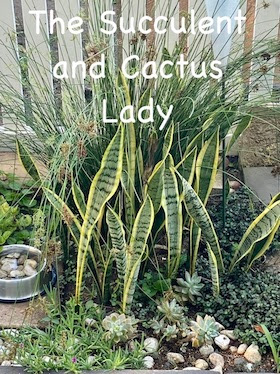I have two of these Raittail cacti and every September I’m rewarded with the most beautiful flowers after they spent the winter inside. These cacti like temperatures above 35°F (3°C) and do not tolerate any frost.
The Aporocactus or Disocactus flagelliformis (rat tail cactus, rat’s tail cactus) has thin weak stems (usually about a half inch in diameter) that can grow five feet long and hang down over the sides of its pot. I currently have two of these, which I bring inside every winter as they do not do very well in frost. But they do need to be kept cool in winter to encourage flowering in spring.
Water this plant frequently in the summer and much less in winter. Add water at the top of the pot or container and allow it to seep through to the drainage holes, then remove the excess water from the pot tray. Keeping the soil slightly moist is also advisable in summer.
The rat tail cactus needs bright light and coarse heavy soil with excellent drainage. Drench and let dry, but water more sparingly during the winter. Air that is too dry can encourage red spider; air that is too moist can encourage rot. In Mexico they grow at high altitudes where the night temperatures are very brisk. In rural areas the dried flowers are used medicinally.
The bright pink flowers, 1.5 inches long, 2.5 inches wide (4 by 6 cm), are produced along the long, trailing stems in spring and summer are sometimes followed by small red fruits. In the wild, they are pollinated by hummingbirds, but in cultivation, they generally need to be hand pollinated.
Native to regions of Mexico, it is an epiphytic cactus in the wild, meaning it naturally grows in trees.
::










